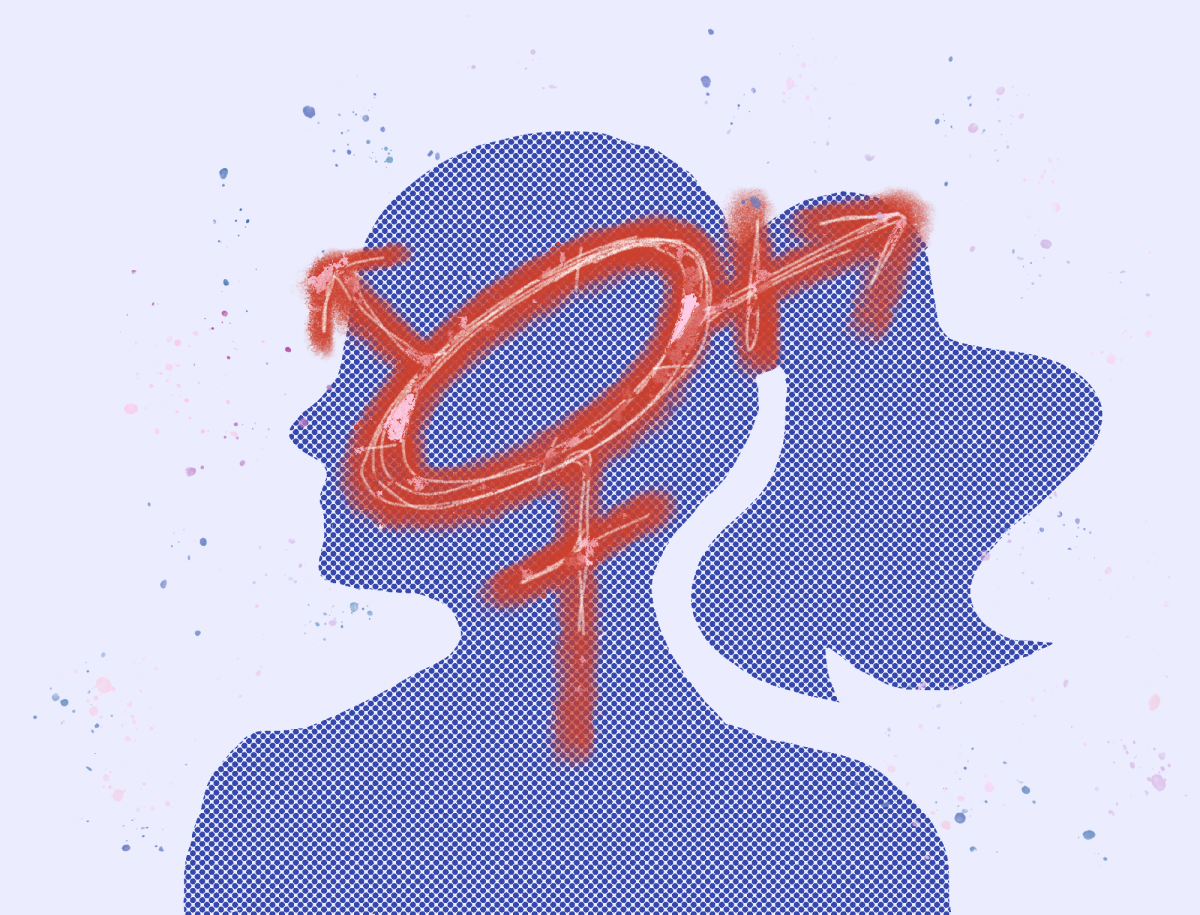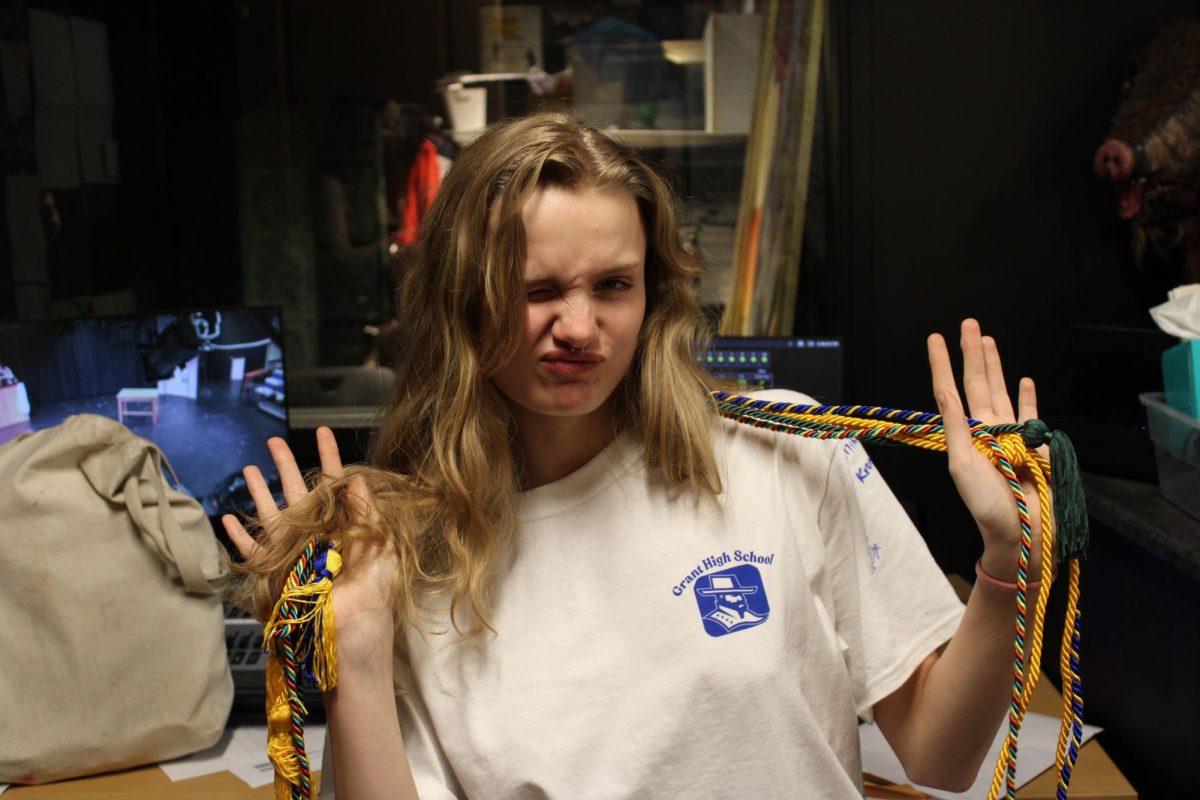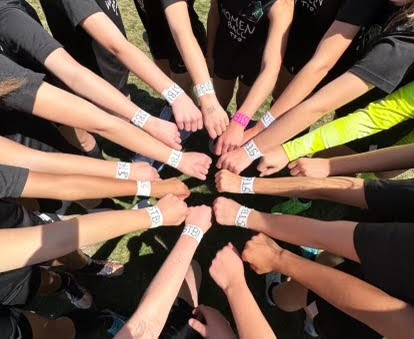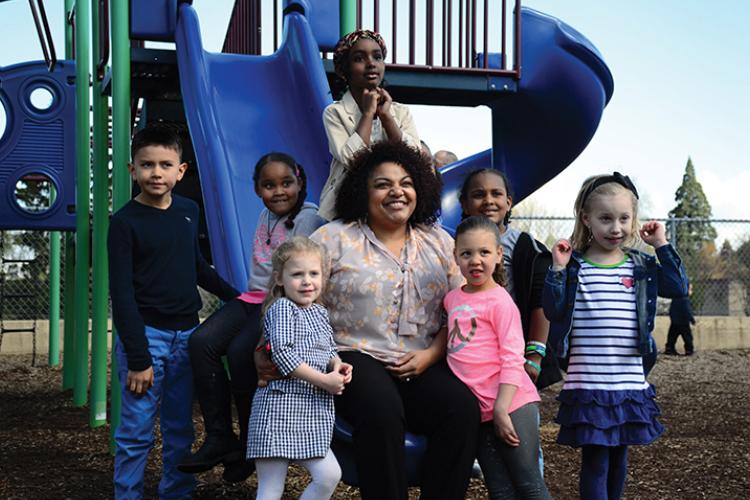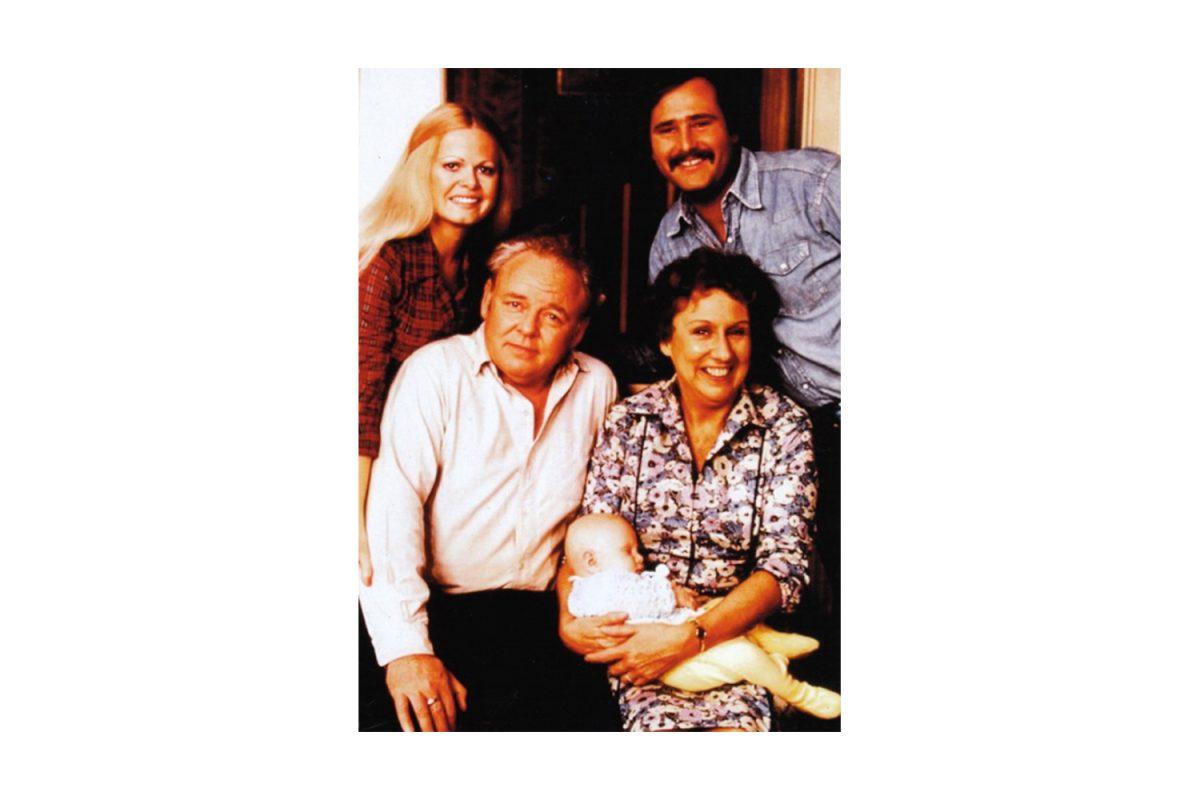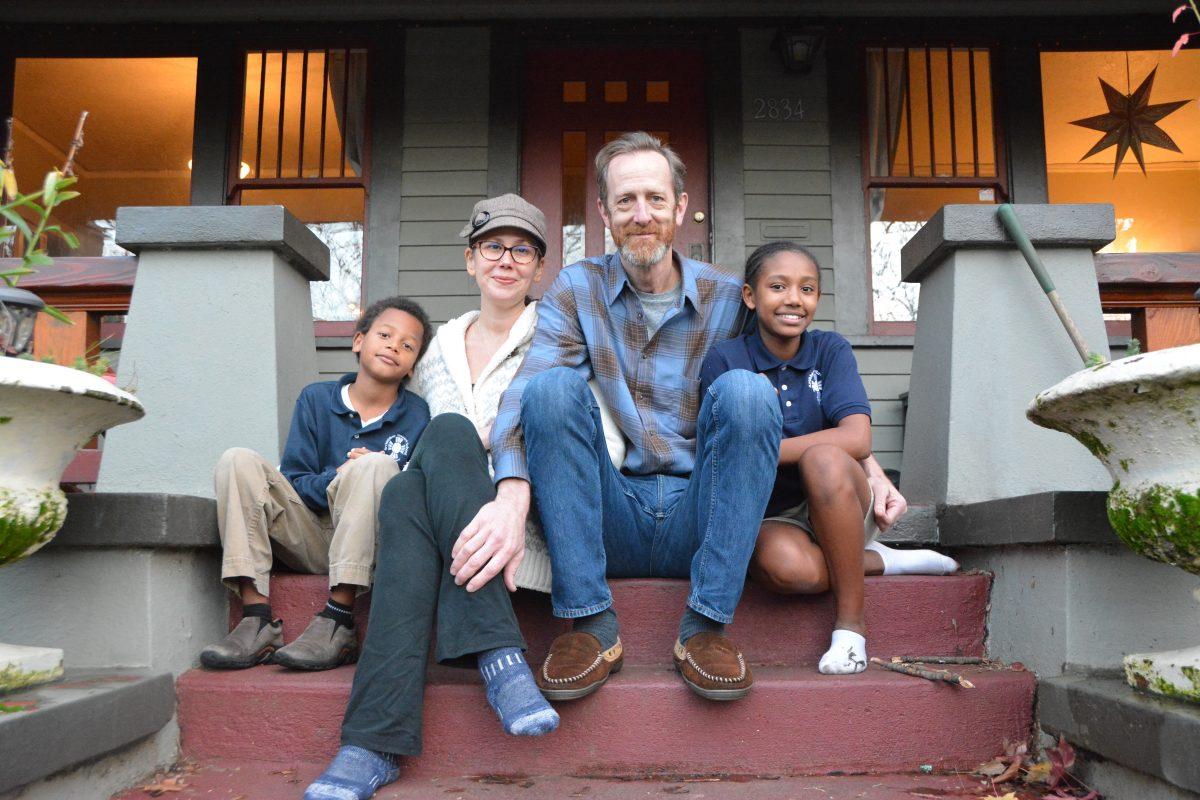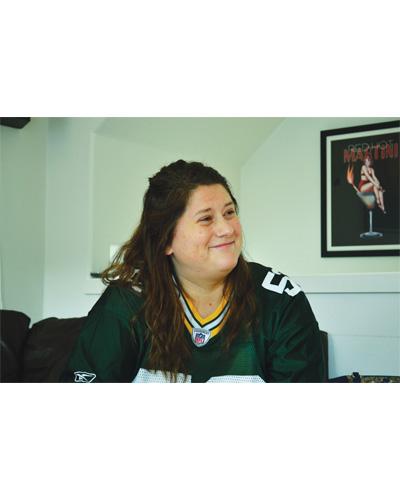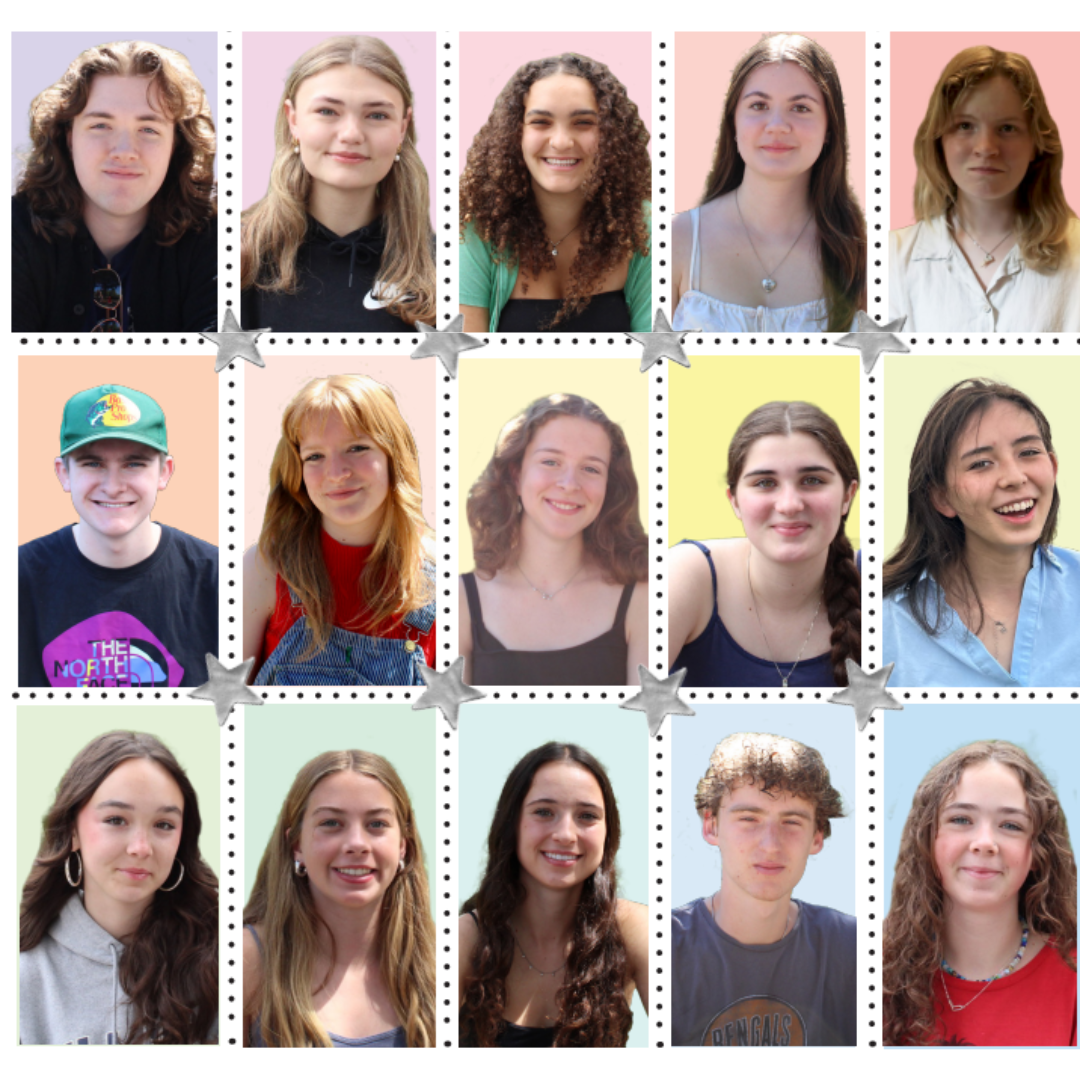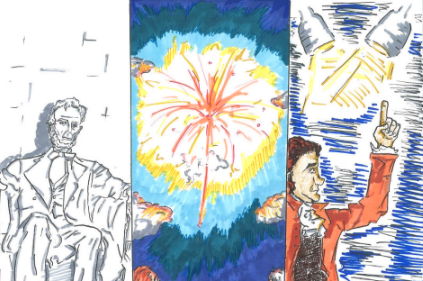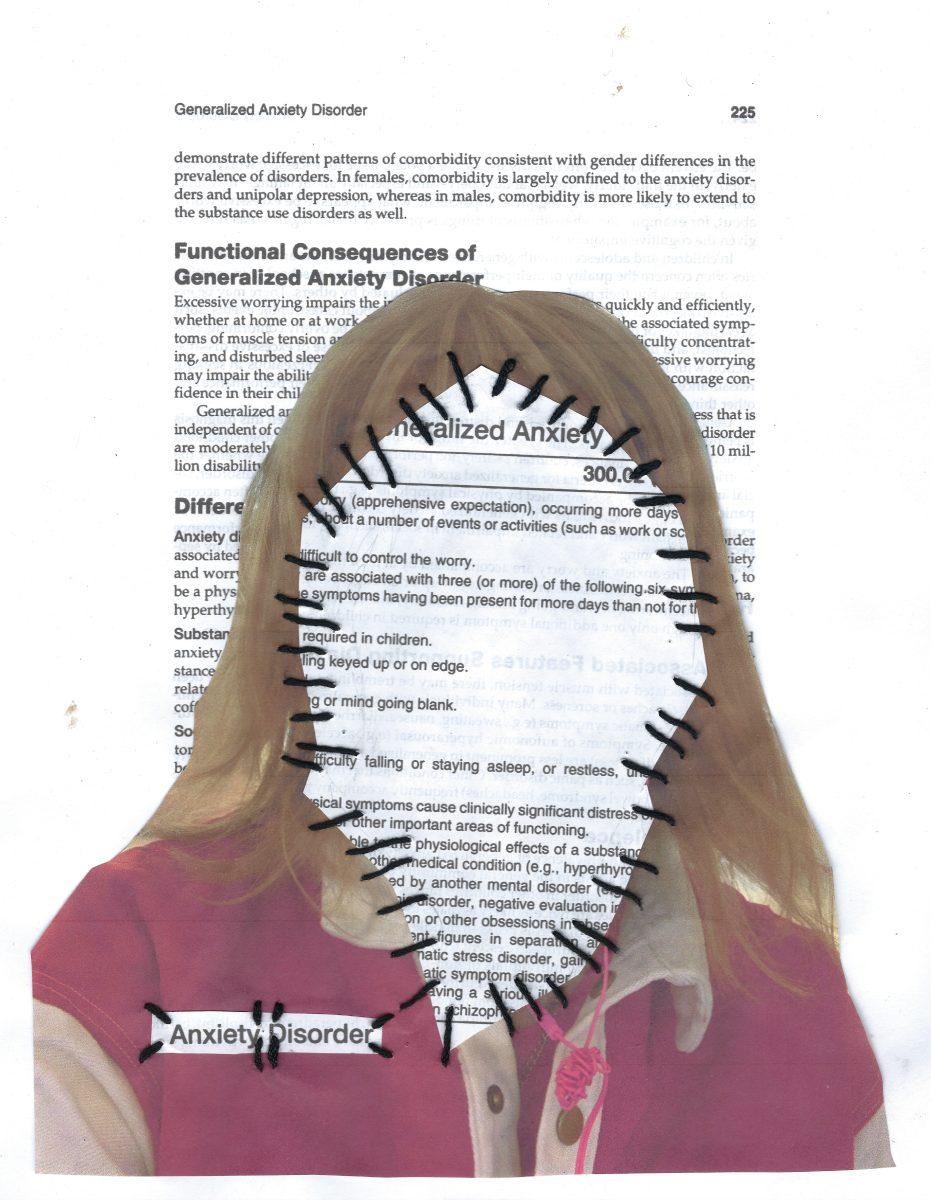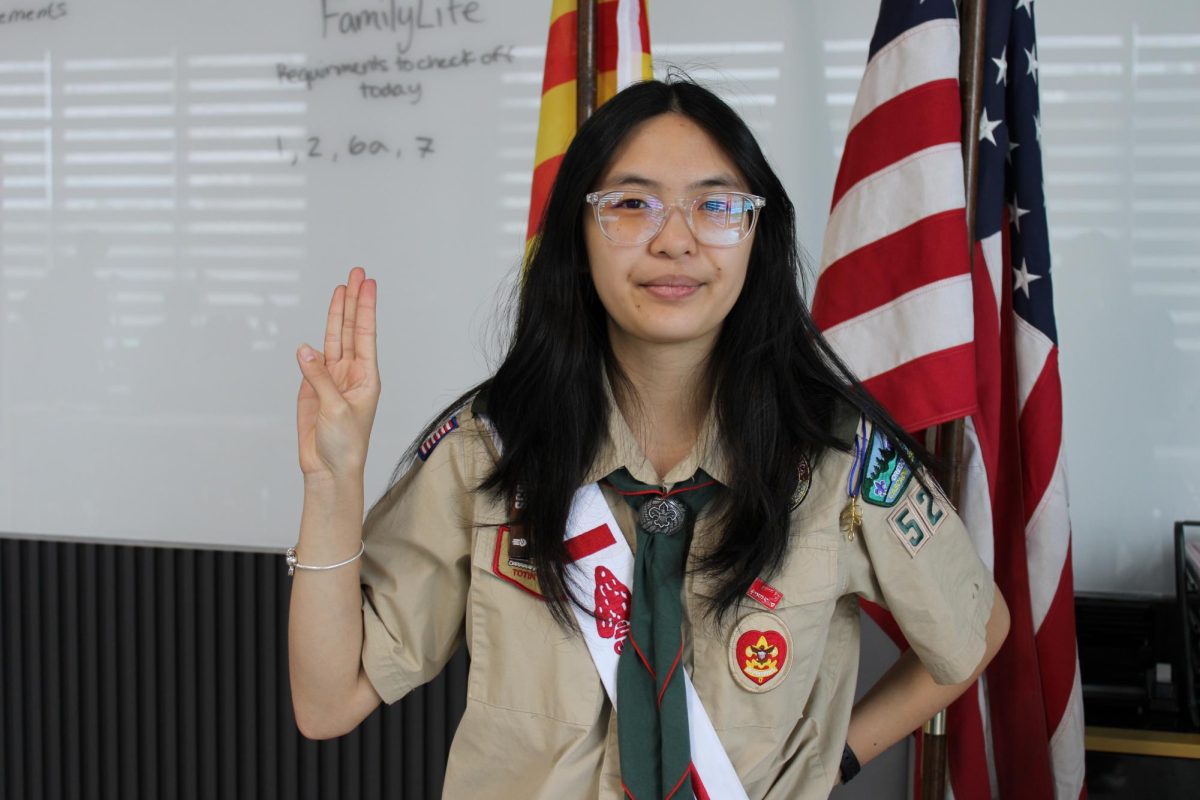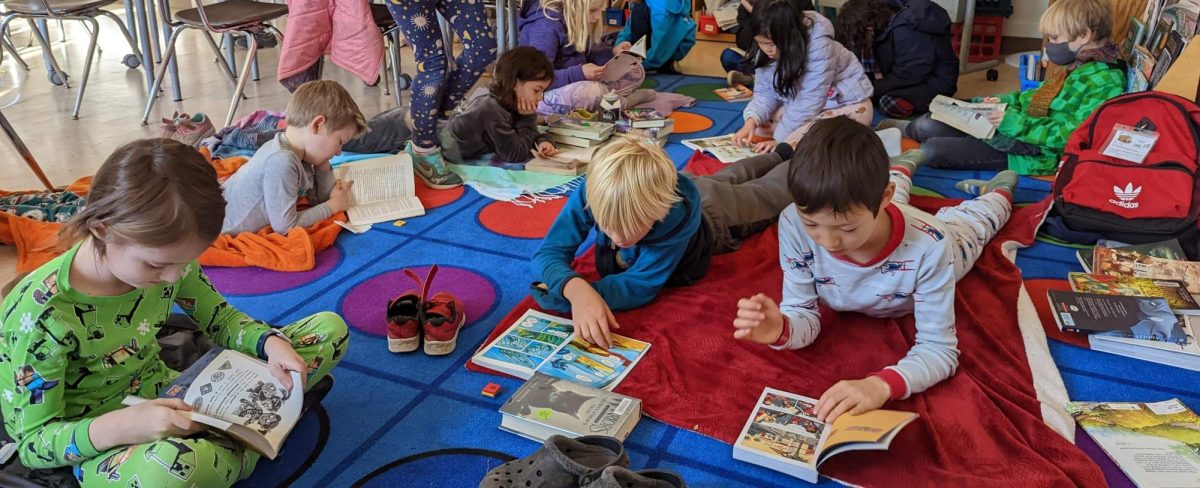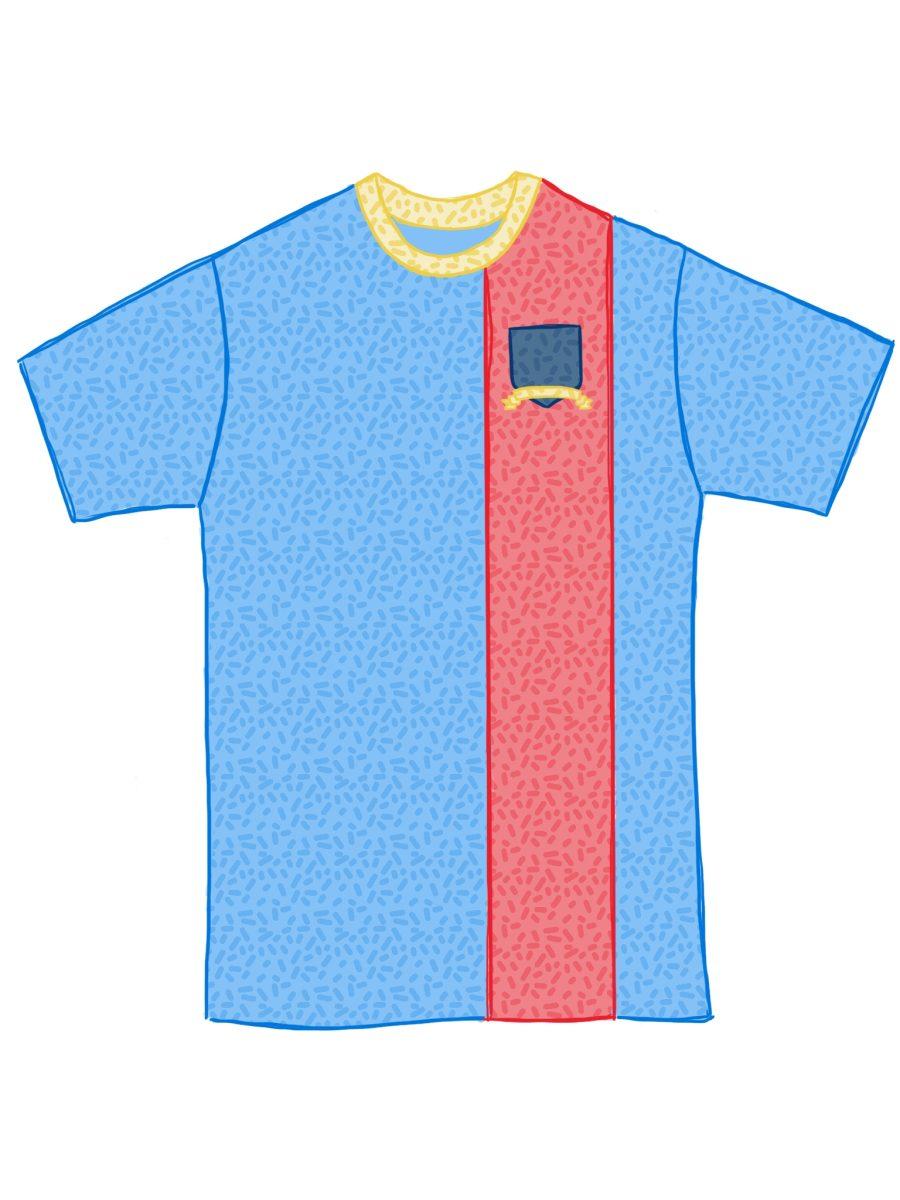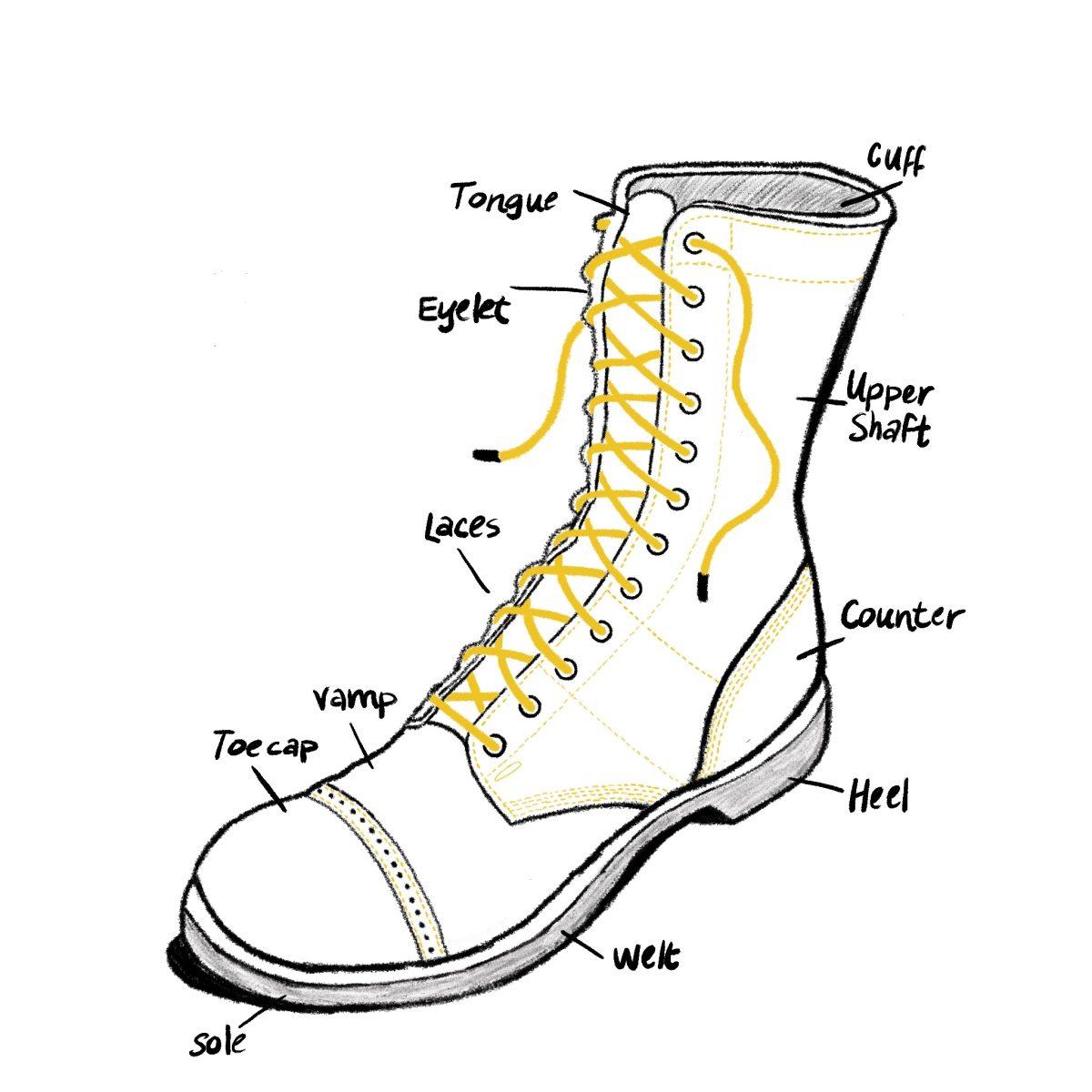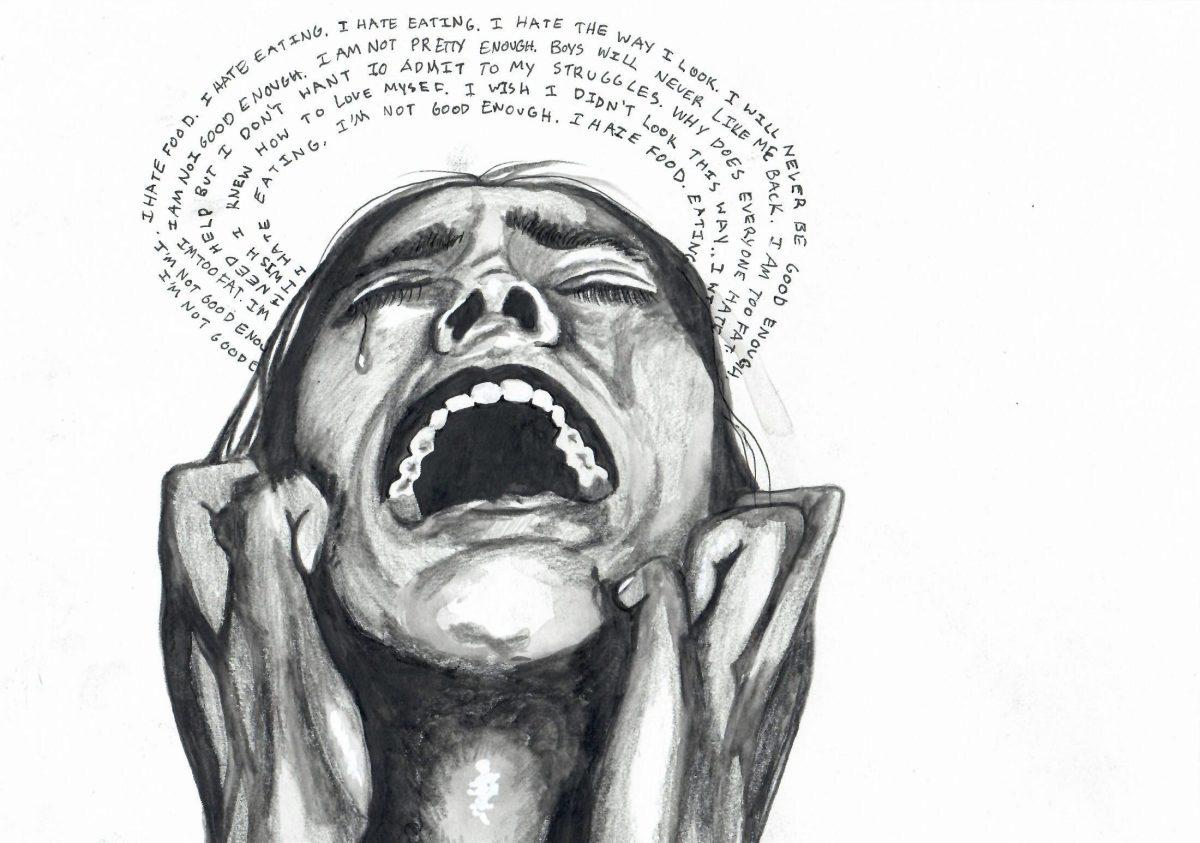Colorism is a word familiar to many communities of color, representing a reality that deeply shakes us. Outside of people of color though, colorism is not widely discussed, understood or even recognized.
The heart of colorism is psychology; the psychology used for centuries to cause Black people to feel a subconscious hatred for ourselves and the very things that make us Black. Starting in early slavery, slave traders and colonizers pitted Black communities against each other, simply on the basis that if people of color had reasons for conflict among ourselves, we would be unable to take back control of our lives and bodies. These decade-long conflicts between tribes and communities resulted in Black people staying under the control of our oppressors.
Similar psychology is used through colorism, as it leaves communities of color having hate for each other based on societal standards and white ideologies forced on us. As slavery progressed, so did the means of division and oppression, and the origins of colorism were born. Lighter slaves would be able to do housework and would get some necessities first, compared to darker-skinned slaves who would continue to do the traditionally physically harder fieldwork.
Another key marker of colorism that expanded during slavery showed up in how white men valued and sexualized Black women. While all Black women and slaves faced sexualization and hardship, lighter slaves could be seen as having a higher sexual and intellectual value to white men because of their proximity to a white appearance. On the flip side, darker slaves were hyper-sexualized beyond the general objectification of light-skinned women and women in general, because of their assigned lack of worth and distance from whiteness.
The mindsets of colorism and racism are deeply intertwined with our present reality, and people of color are affected by them everywhere in the world. Throughout the continents of Africa and Asia, people of color face ceaseless advertisements and media promoting colorist ideology. The products that back this ideology such as skin lightening lotions and hair relax are seen consistently as well.
The constant instigator of colorism is our society being based around a white perspective and beauty standard. Black communities continue to be divided by these factors and the same psychology invented in slavery prevails. Colorism wouldn’t have such a strong platform to affect people without other systemic factors that allow intersectionality to target people who live in multiple oppressed identities. The Black existence is so heavily criticized, and living in a constantly questioned identity takes an extreme toll on POC everywhere. Amidst the struggle to make sense of the Black identity in general, colorism perpetuates added questioning and fear for people who are already being taught to question themselves and their worth as an individual.
One particular individual being hit consistently and especially hard with colorism is the Black woman. Not unlike with many other societal issues, and through many centuries, Black women bear the brunt of criticism and discrimination due to the multiple oppressed identities they live in. In the present, the sexualization and worth of Black women are not only determined and criticized by white men but often by Black men.
The most curious piece of this criticism is the hatred Black men have for dark-skinned, and sometimes all, Black women, being that they came from a Black woman themselves. But the cause of this disdain for someone who is so similar to oneself runs way deeper than just skin color. The basis of why Black men may have a dislike for dark women and women of color is because of their intersectionality, and the multiple oppressive mindsets men inherit, like sexism that provide them the space to objectify women and sexualize them. Because Black women don’t fit the white beauty standard which we have so consistently pressed on us, it provides the grounds for men, white and Black, to dismiss us as unworthy of even basic objectification. Making us less than human.
Colorism affects all communities. The Grant community, while predominantly white, is no exception. Acknowledging the presence of colorist actions in our community is a crucial step in protecting and valuing students of color at Grant. Fully educating ourselves, as a community that exists in a learning environment, can allow us to approach our work towards equity in new ways and to approach truly understanding the experiences of students of color.
Understanding colorism and consistently pushing to understand the realities of the deep-rooted oppression of people of color,1 is a crucial part of rebuilding our mindsets and our idea of justice.
This deep understanding will start to heal the damage done through non-Black communities historically never truly working to understand the real history of Black people in America and worldwide. We need to start a major shift on the basis of what it means to be Black in our society. That shift includes opening up conversations about our inherent mindsets, and including the Black existence in discussions of other social issues, for real representation and real freedom. The strength of Black joy, love, creativity, knowledge and experiences is ever present.We owe our Black communities and Black children especially, the promise and reality of a world that allows us to finally be our whole selves, however Black that may be.

